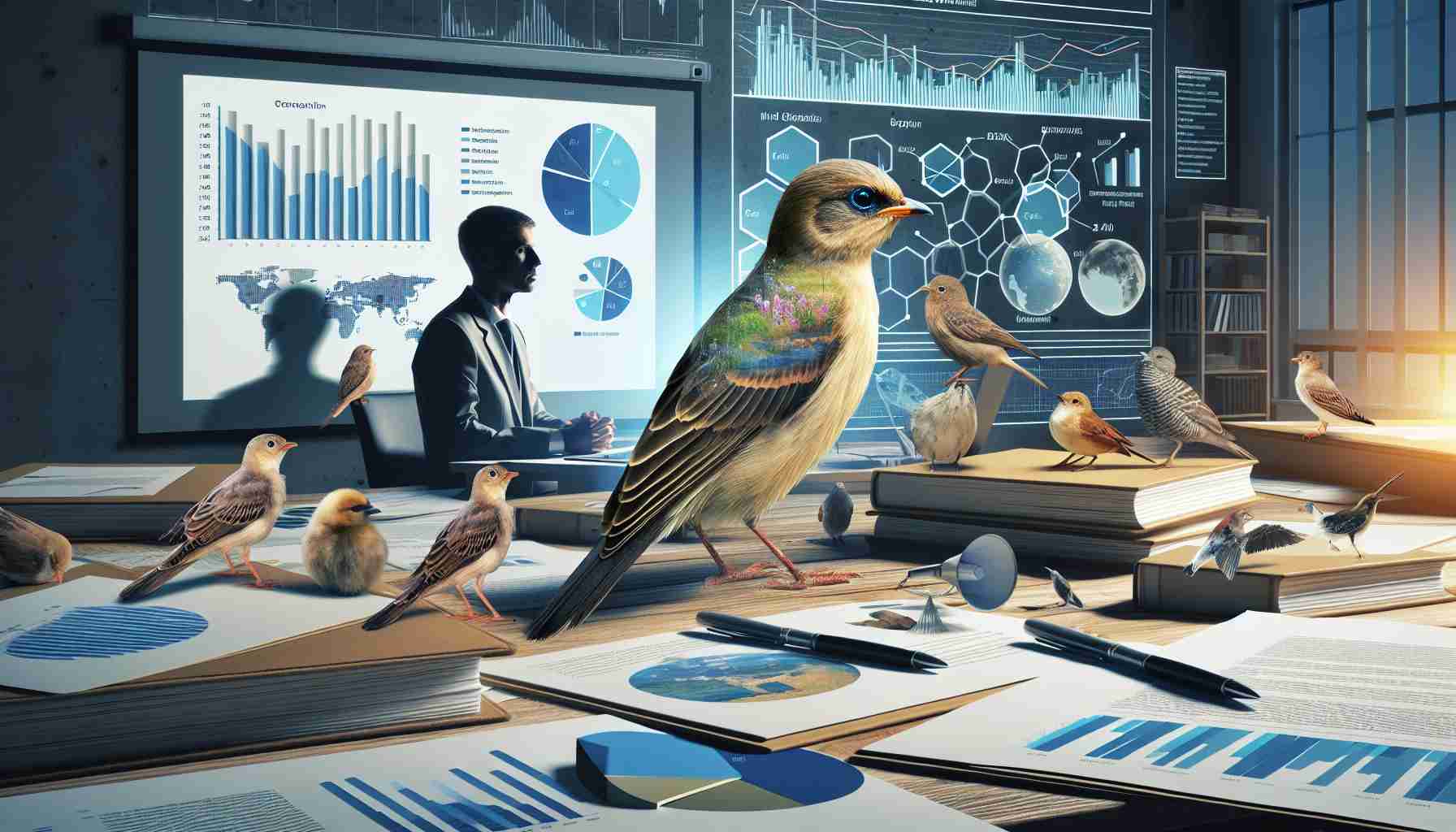In a groundbreaking study, biologists from the University of Utah have explored the traits associated with the 216 bird species that have gone extinct since 1500. The researchers aimed to enhance conservation strategies for critically endangered birds by examining various attributes that could predict extinction risk.
The analysis revealed specific traits that made certain bird species particularly vulnerable to extinction. Notably, birds that were endemic to islands, unable to fly, larger in size, and with unique ecological roles were more likely to vanish. This research adds a new layer of understanding, as it is the first to establish a direct link between these traits and when extinctions occurred.
Kyle Kittelberger, the study’s lead author, highlighted that comprehending historical extinction patterns can significantly improve current conservation practices. By utilizing BirdBase, an extensive compilation of bird ecological data, the team examined various traits affecting species’ survival.
The findings underscored the significant threat posed by insularity, with island-dwelling birds facing heightened extinction risks. The research also noted that larger birds, often hunted for food, contributed more to extinction numbers. Despite conservation efforts decreasing extinction rates recently, the number of threatened species continues to rise.
Ultimately, the study serves as a crucial resource for understanding the complexities of avian extinction and guiding future protective measures for vulnerable bird populations around the globe.
Understanding Bird Extinction: Tips, Life Hacks, and Interesting Facts
The extinction of bird species is a pressing issue that requires urgent attention. As highlighted by recent research from the University of Utah, various traits associated with birds significantly influence their extinction risk. Here, we present some tips, life hacks, and interesting facts to help you become more informed and proactive about bird conservation.
1. Support Local Birdwatching Initiatives
Engaging in local birdwatching groups can increase your awareness of local bird species and their habitats. By participating in bird counts and observation events, you can contribute valuable data to conservation efforts.
2. Create a Bird-Friendly Environment
Transform your backyard into a sanctuary for birds. Plant native trees and shrubs, provide fresh water sources, and install birdhouses. These simple changes can provide essential resources for local bird populations.
3. Stay Informed About Species at Risk
Follow organizations dedicated to bird conservation, such as the Audubon Society or BirdLife International. Staying updated on endangered species can help you understand which birds need your support the most.
4. Use Bird Field Guides
Having a reliable bird field guide can enhance your birdwatching experiences. Whether it’s a book or an app, these guides make it easier to identify species and learn about their ecosystems.
5. Advocate for Conservation Policies
Being vocal about the importance of bird conservation to your local representatives can lead to stronger policies protecting habitats and endangered species. Advocate for efforts that focus on island and larger bird species, as they are often more vulnerable.
6. Participate in Citizen Science
Many organizations offer citizen science projects where you can help collect data on bird populations. Contributing to this research can provide crucial insights into avian health and conservation needs.
7. Educate Others
Share your knowledge about bird conservation with friends and family. Hosting community workshops or informational sessions can raise awareness about the issues facing bird populations today.
Interesting Fact: Did you know that island birds are particularly susceptible to extinction due to their limited habitats and fewer natural predators? The isolation of these species often leads to unique evolutionary traits that can be detrimental when they face new threats.
For more insights about conservation and its impact on bird species, check out Audubon or BirdLife International.
By implementing these tips and spreading awareness, you can make a difference in the fight against avian extinction. Every action counts!
